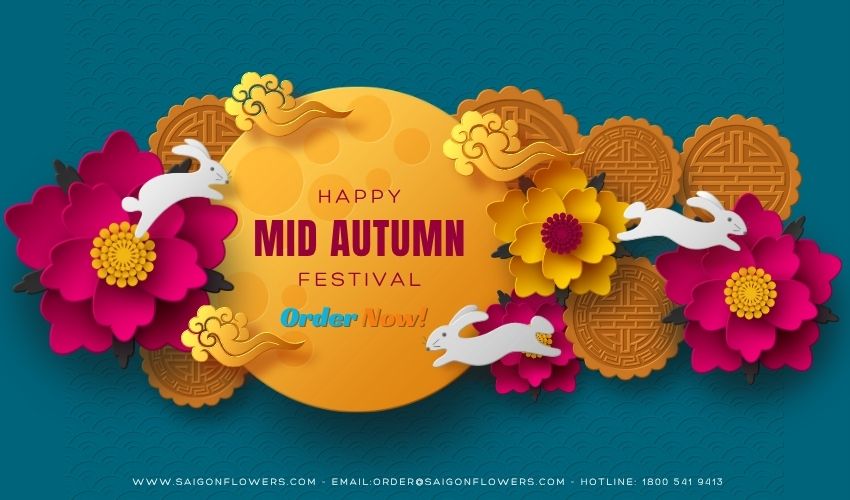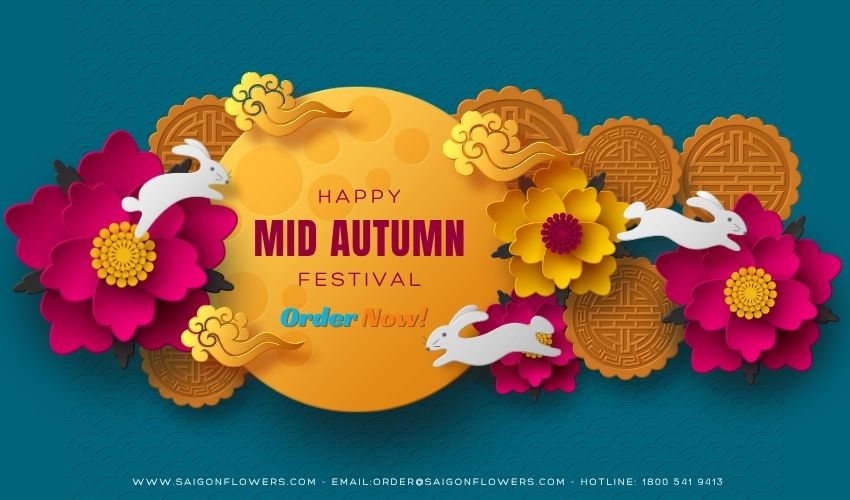Vietnamese vs. Chinese Mooncakes: Key Differences in Flavor, Style & Culture
Mooncakes are an iconic part of the Mid-Autumn Festival across Asia—but did you know Vietnamese and Chinese mooncakes differ in surprising ways? From crust textures to flavor profiles and cultural meanings, here’s how the two traditions compare.
Mooncakes may look similar at first glance, but Vietnamese and Chinese versions have distinct regional characteristics. This guide explores the key differences in ingredients, design, symbolism, and how each type is enjoyed during the Mid-Autumn season.

Crust Styles: Baked vs. Snow Skin vs. Sticky Rice
Vietnamese Mooncakes
- Bánh nướng (baked mooncakes): Golden brown, slightly firm crust
- Bánh dẻo (sticky rice crust): Soft, chewy, often white or pastel-colored
Chinese Mooncakes
- Cantonese-style baked crusts with glossy surfaces
- Snow skin mooncakes (popular in Hong Kong) with mochi-like exteriors
- Shanghai mooncakes with flaky, buttery crusts similar to puff pastry
Fillings: Flavor Profiles and Preferences
Vietnamese Fillings
- Sweet mung bean or lotus seed paste
- Mixed nuts with salted egg yolk
- Taro, durian, green tea (modern variations)
- Less sweet, denser texture overall
Chinese Fillings
- Red bean paste, black sesame, five kernels
- More oil and sugar content in traditional styles
- Some versions include ham or seafood for savory profiles
Cultural Symbolism & Gifting Traditions
In Vietnam
Mooncakes are primarily gifted as a symbol of reunion and gratitude. Families, friends, and business partners exchange boxes as thoughtful Mid-Autumn presents. Corporate gifting is especially common.
In China
Mooncakes symbolize unity and harmony, with deeper mythological ties to Chang’e (the moon goddess). They are often presented in elaborate boxes, with emphasis on aesthetic presentation and auspicious symbols.
Packaging & Presentation
- Vietnamese Mooncakes: Simpler, elegant boxes—often silk-wrapped or lacquered for high-end gifts
- Chinese Mooncakes: Highly decorative, sometimes luxurious boxes with gold accents, zodiac themes, or embedded collectibles
Comparison Table: Vietnamese vs. Chinese Mooncakes
| Feature | Vietnamese Mooncakes | Chinese Mooncakes |
|---|---|---|
| Crust Types | Baked (firm) & sticky rice (chewy) | Baked, snow skin, puff pastry |
| Common Fillings | Mung bean, lotus seed, mixed nuts | Red bean, black sesame, five kernels |
| Texture & Sweetness | Denser, less sweet | Softer, oilier, sweeter |
| Cultural Gifting | Focus on gratitude & business relationships | Mythology-based, family-centered |
| Packaging Style | Elegant, minimal or traditional | Decorative, auspicious, collectible |
Celebrating Diversity in Mooncake Traditions
Whether you prefer the subtle sweetness of Vietnamese mooncakes or the variety of Chinese styles, both reflect rich cultural identities and festive joy. Trying both types can be a delicious way to experience the shared spirit of the Mid-Autumn Festival—across borders and traditions.


